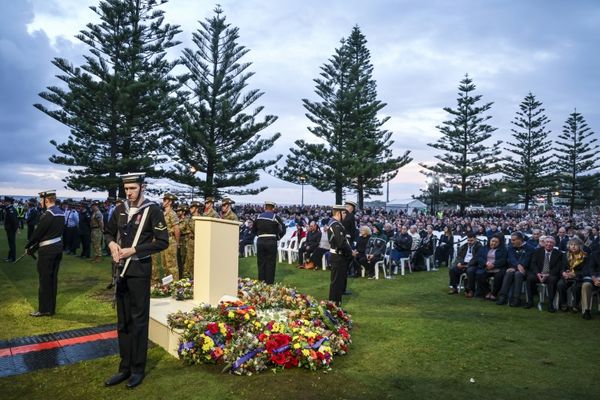Housing activists are mad at a broken promise by Mayor Lori Lightfoot.
For years they pushed to raise the real estate transfer tax on properties that sold for more than $1 million, estimating that a new pot of money would generate $163 million annually to combat homelessness. When she campaigned for mayor in 2019, Lightfoot supported the idea. Once in office, she resisted.
There’s more to Lightfoot’s housing legacy. No mayor in four years can reverse decades of racism, segregation and disinvestment. The one-term mayor impacted housing and economic development even though the effects may take years to fully appreciate or break ground.
Those policies championed and implemented by the Lightfoot administration are wonky and technical. Unsexy — but necessary in achieving equity. History shows that race-neutral approaches often unwittingly produce racist outcomes. Intentionality must be behind ensuring access to resource-rich communities.
In 2021, the Chicago Department of Housing assessed how it administers Low-Income Housing Tax Credits and found the city had been doing racial harm over the last two decades. Millions of federal tax credit dollars disproportionately went to high-poverty Black neighborhoods, which meant whiter, more affluent areas don’t have their share of affordable housing. So the city changed the developer application to ensure there are more housing choices and opportunities throughout the city — whether a renter desires to live in Roseland or River North.
Months later, Chicago announced an investment of $1 billion in affordable housing from that program — the largest amount in city history.
The city also made good on a promise to invest in land near public bus and train stops for housing and development. Too many Green Line and Red Line stops on the South and West sides are surrounded by vacant land while the Blue Line on the North Side bustles with activity. The city embraced what’s known as “equitable transit oriented development” to reverse the uneven development. This week, officials celebrated a mixed-use high-rise in Bronzeville by the 43rd Street Green Line station that is scheduled to open by summer.
The development also dovetails with Lightfoot’s signature Invest South/West initiative housed in the city’s Department of Planning and Development, which has caught flack for not moving fast enough. But the pandemic presented roadblocks. Ribbon-cuttings aren’t quick, but several capital projects are on the horizon from Austin to Englewood.
“The Lightfoot administration housing and planning departments, and her mayor’s office policy staff, have made visible and honest efforts to prioritize investments in South and West sides,” said Roberto Requejo, executive director of Elevated Chicago, which focuses on equitable transit-oriented development.
Eight pillars to ‘make no little plans’
Requejo and other housing advocates say a culture change is needed in other city departments to scale up victories. A reluctance persists, they say.
Outgoing Ald. Tom Tunney (44th) reflects some of the culture of reluctance. He told Sun-Times City Hall reporter Fran Spielman that Lightfoot “was too focused on South and West and basically told downtown and the North Side, ‘Fend for yourselves.’ Whether it was police. Whether it was economic development plans. It was only really at the tail end of her career that she had an idea about remaking LaSalle Street. … You can prioritize South and West and under-developed neighborhoods. But you can’t dismiss the economic engine for the city that actually pays for many of these programs.”
Imagine a Chicago where the entire city could be an economic engine. Tunney’s words ring hollow given the systemic disinvestment in other parts of the city, and represent a scarcity mindset.
On social media, an odd meme circulates of “Brandon Lightfoot,” with the incoming and outgoing mayors’ faces meshed into one. The critique is that Brandon Johnson will have similar policies that are more to the left than Lightfoot.
But under Lightfoot, the first citywide plan since the 1960s is on the books. “We Will Chicago” is a 10-year framework on how to shape the future of the city with an emphasis on equity and an acknowledgement of past racist policies. It’s a guide for future mayors to act on regarding eight pillars: arts and culture; civic and community engagement; economic development; environment, climate and energy; housing and neighborhoods; lifelong learning; public health and safety; and transportation and infrastructure.
Now the playbook is in Johnson’s hands.
Because as Daniel Burnham said, make no little plans.
This time on the South and West Sides.
Natalie Moore is a reporter for WBEZ and writes a monthly column for the Sun-Times.
Send letters to letters@suntimes.com







